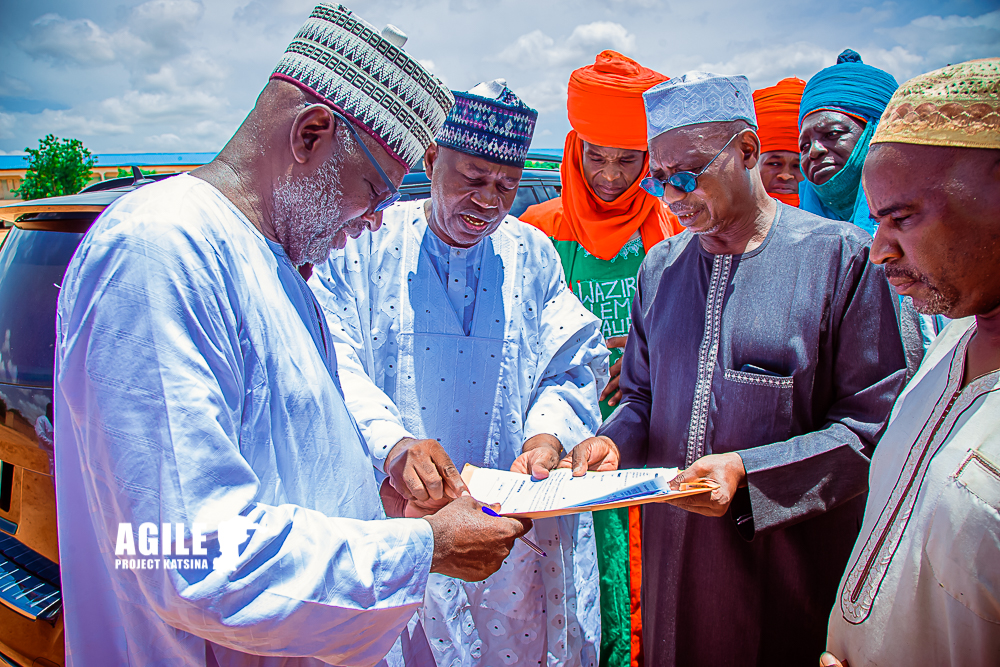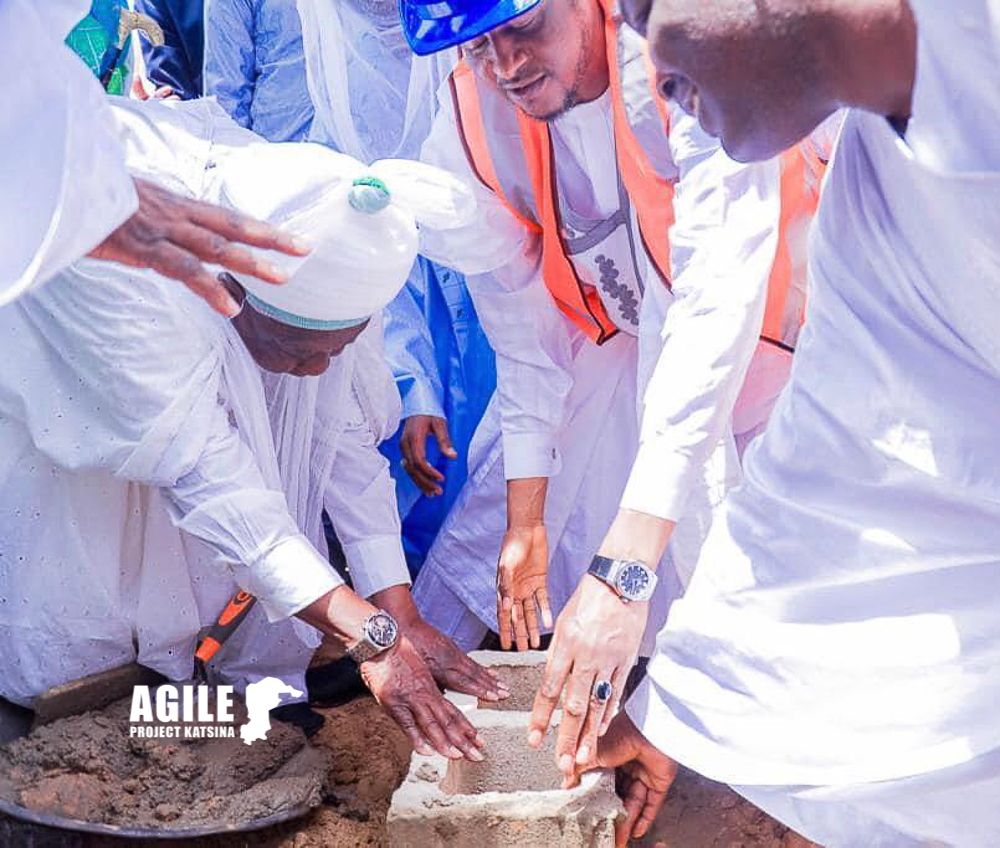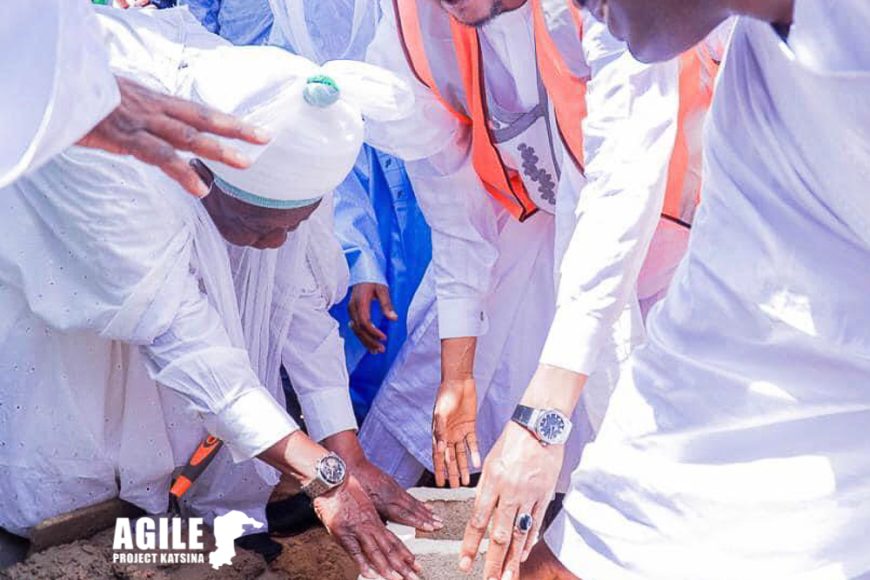Creating new safe learning spaces in secondary schools
This subcomponent will support increased access of adolescent girls to secondary education in rural communities within targeted LGAs by constructing climate-smart infrastructure. New learning spaces will be provided by expanding existing primary schools and JSSs to include JSSs and SSSs, respectively. In targeted primary schools, junior secondary classrooms (sections) for each grade (JSS1 – JSS3) will be built and, in targeted JSSs, senior secondary classrooms (sections) for each grade (SSS1-SSS3) will be built. Under this subcomponent, 150 Secondary Schools (Junior & Senior Secondary) are to be constructed in the state.
Funding for the JSS and SSS construction will be provided in tranches based on verification for completion of activities on construction work and implementation of a teacher recruitment costed action plan. It will also align with each state’s network of secondary school expansion strategy which will be developed with technical assistance (TA) provided under Component 3.
In addition to new classroom construction, the package will include other basic amenities as described below. The construction will adhere to specific standards, follow cost-effective design models and ensure that each school will have: (i) functional classrooms with adequate light, good ventilation, storage and furniture; (ii) an office; (iii) a multipurpose hall; (iv) separate toilets for girls and boys; (v) WASH facilities (WASH facility construction will follow the technical guidelines and standards that have been established by the FME); (vi) admin block and staff toilet; and (vii) perimeter fences (where applicable). In SSSs, each new school will also have (viii) a computer room or science lab; and (ix) other school complementary interventions. The buildings will be designed and oriented on sites according to climatic considerations to minimize solar heat gain. See more details in annex 6 on climate change considerations in construction. The project will use only public lands, free of squatters, for the construction purposes. All buildings will be accessible for children and youth with disabilities, will be in a location deemed safe by the community (with a safe pathway for access from the communities to schools to minimize isolated and unsafe routes to schools) and will follow the crime prevention through environmental design (CPTED) principles for adequate safety measures and provisions.
Implementation arrangements for JSS construction
A community-led school construction modality will be used for JSS construction – an approach which has been successfully implemented under the CSDP wherein a community structure was established which successfully managed community civil works. As such, an existing community structure or newly-elected Community Project Management Committee (CPMC) for each targeted community or up to a maximum of three targeted communities will work closely with the relevant departments and the SPIU to manage and oversee the construction process, including: the expression of interest, identification of primary schools for expansion with SPIU support, construction management, and overall supervision. Disbursement of funds will be provided in tranches based upon verification of completion of activities and implementation of the teacher recruitment costed action plan. The CPMC will build on existing SBMC structure, register with LGA, open a bank account, prepare a proposal and obtain the respective SPIU’s approval to procure a building contractor according to the agreed procurement procedures. The list of schools where new construction will be undertaken will be validated by the SPIU and approved/ endorsed by the State Project Steering Committee (SPSC). Training will be provided to the CPMC on construction management and environmental and social (E&S) compliance based on a manual to be developed by specialized consultants hired by the SPIU to support this subcomponent.
Specifically, in terms of construction, officers from SUBEB and the Departments of Physical Planning of the SME/SSEB responsible for school construction in the states will serve as technical focal points to the CPMC. The E&S officers of the SPIU will review Environmental and Social Impact Assessments



(ESIAs)/ Environmental and Social Management Plans (ESMPs) prepared by the specialized consultants to ensure that all E&S issues are adequately addressed in accordance with the World Bank’s ESS. The roles and responsibilities of CPMC, SPIU, SUBEB and the Departments of Physical Planning of the SME/SSEB will be further defined in the Project Implementation Manual (PIM).

